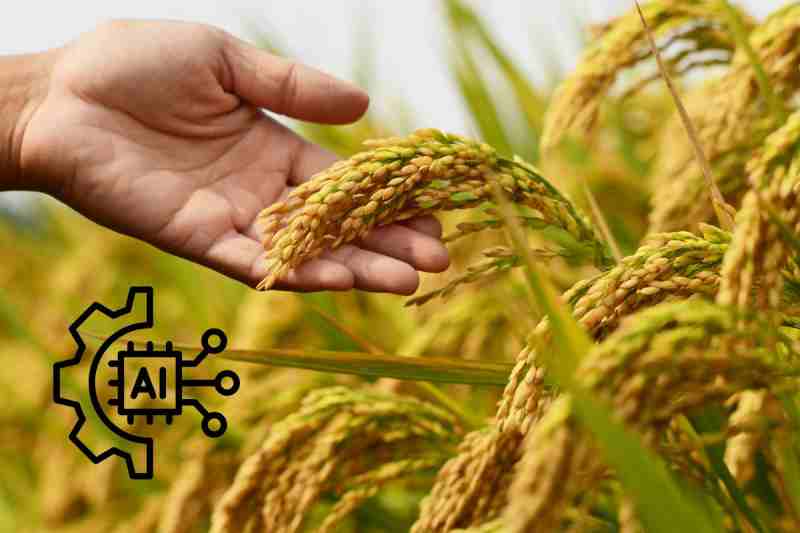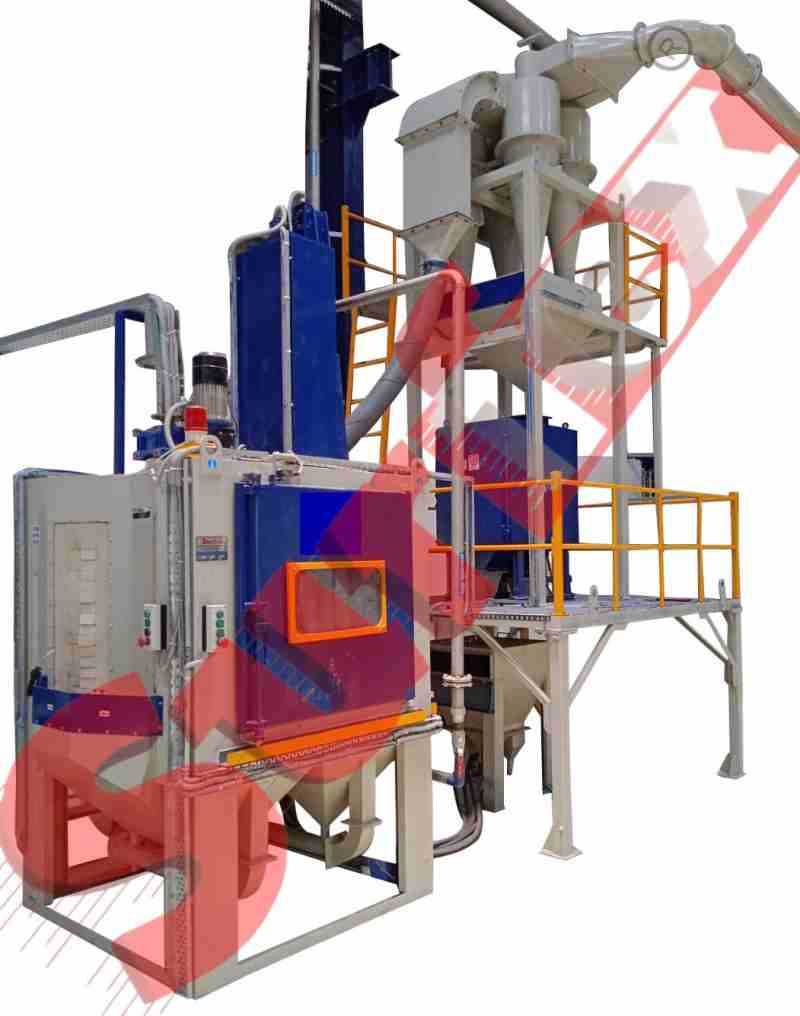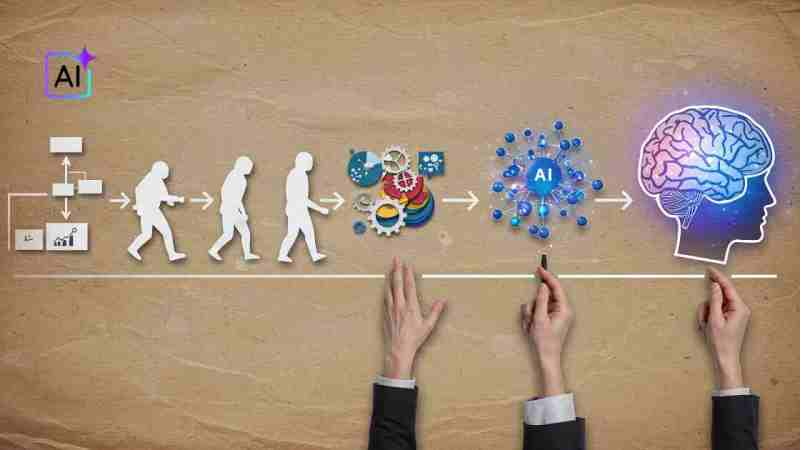Technology
How Artificial Intelligence Is Preventing Crop Diseases Before They Spread

Agriculture in the United States has entered a new era where technology supports both productivity and sustainability. One of the most pressing challenges in farming is the spread of plant diseases, which can devastate yields and threaten food security. Artificial intelligence (AI) is transforming how farmers identify, analyze, and prevent these diseases long before visible symptoms appear.
Why Is Disease Detection So Important in Modern Farming?
Crop diseases account for nearly 20–30% of global yield losses each year. Early identification plays a critical role in preventing widespread infection, reducing pesticide use, and maintaining soil health. Traditional scouting methods rely on human observation, which can be time-consuming and prone to error. AI systems, by contrast, analyze massive datasets in real time, identifying disease risks far faster and more accurately.
Key Advantages of AI Disease Monitoring
- Detects subtle changes invisible to the human eye
- Offers continuous field monitoring through drones and sensors
- Reduces the need for broad-spectrum chemical treatments
- Helps forecast outbreaks using historical and environmental data
Farmers in states like California, Iowa, and Nebraska are already integrating AI-based detection systems to ensure healthier, more resilient crops.
How Does AI Identify Plant Diseases?
AI relies on computer vision and machine learning to scan images of leaves, stems, and soil. Using thousands of reference samples, algorithms learn to recognize early signs of infection, nutrient deficiency, or pest activity. These systems can analyze data captured from drones, smartphones, or fixed cameras.
Through such analysis, AI reduces human dependency in monitoring large fields, ensuring quick and targeted interventions.
What Role Do Drones and IoT Devices Play?
AI operates most effectively when paired with smart sensors and drones. These technologies gather continuous data, giving farmers a detailed overview of their fields. Drones equipped with multispectral cameras detect stress in crops caused by disease, drought, or nutrient imbalance.
Common IoT and Drone Applications
- Aerial Imaging: Identifies infected zones early, reducing crop loss.
- Soil Sensors: Monitor moisture and nutrient balance to prevent disease-friendly conditions.
- Temperature and Humidity Monitors: Predict fungal or bacterial growth conditions.
- Real-Time Alerts: Send instant updates to farmers via mobile applications.
This integration allows for rapid response and resource-efficient treatment.
Can AI Predict Disease Outbreaks Before They Occur?
Predictive analytics powered by AI can forecast potential disease outbreaks weeks in advance. By analyzing weather patterns, crop type, and soil data, these models determine areas at risk of infection. Farmers can then take proactive steps such as adjusting irrigation, applying biofungicides, or rotating crops.
Benefits of Predictive Disease Modeling
- Minimizes large-scale losses through early intervention
- Reduces chemical dependency by enabling precise treatment
- Improves long-term soil and crop health
- Supports sustainable, data-informed decision-making
According to the National Institute of Food and Agriculture, predictive AI has reduced fungal disease-related losses in U.S. soybean farms by nearly 15% since 2023.
How Is AI Improving Sustainability in Disease Management?
One of the most significant impacts of AI in agriculture is its contribution to sustainability. Automated monitoring prevents overuse of chemical pesticides, lowers carbon emissions, and protects beneficial organisms.
Sustainable Practices Supported by AI
- Precision Spraying: AI targets only affected zones, reducing chemical spread.
- Data-Backed Decisions: Farmers apply treatments based on need rather than habit.
- Healthier Soil Ecosystems: Reduced runoff preserves microbial life.
- Long-Term Crop Resilience: Continuous learning improves future protection strategies.
Sustainability-focused farms in the Midwest now use AI-guided systems as part of their broader regenerative agriculture models.
Economic Benefits for Farmers
AI-based disease detection translates directly into economic advantages. Preventing a single outbreak can save thousands of dollars per acre in lost yield and input costs. Moreover, healthy crops have higher market value and improved storage life.
The American Farm Bureau Federation estimates that farms using AI detection systems see a 12–18% increase in annual net returns, making it one of the most promising agricultural technologies.
Challenges in Adopting AI Disease Detection Systems
Despite its benefits, widespread implementation faces barriers. Smaller farms often lack access to digital infrastructure and funding for high-end equipment.
Key Challenges
- Cost of Setup: Advanced sensors and drones can be expensive initially.
- Connectivity Issues: Rural regions face limited network coverage.
- Technical Knowledge: Farmers require training to interpret AI-generated data.
- Data Privacy: Secure handling of field and crop data is essential.
Public-private partnerships and agricultural cooperatives are addressing these issues by promoting shared AI infrastructure and offering training initiatives.
Future of AI in Crop Protection
The next generation of agricultural AI will focus on automation and integration. Self-learning models will continuously refine their accuracy, while robotic systems will handle targeted treatment without human input. Future systems will combine soil health data, genetic plant profiles, and climatic patterns to predict and prevent disease even more effectively.
Future Advancements Expected
- Integration with robotic sprayers for precision treatment
- Use of edge AI for real-time in-field analysis
- Expansion of cloud-based farm intelligence platforms
- Collaboration between researchers and farmers for shared disease databases
Technologies such as Automated Crop Disease Detection are leading this transformation by offering scalable, affordable, and intelligent solutions that make crop protection proactive instead of reactive.
Conclusion
Artificial intelligence has become an indispensable ally for American farmers facing the constant threat of crop disease. Through real-time analysis, predictive modeling, and precision management, AI ensures faster decisions and healthier harvests. As innovation accelerates, the future of agriculture will depend on how efficiently technology and sustainability continue to grow together securing food systems for generations to come.
Source:
Click for the: Full Story
You might like













 Close Menu
Close Menu